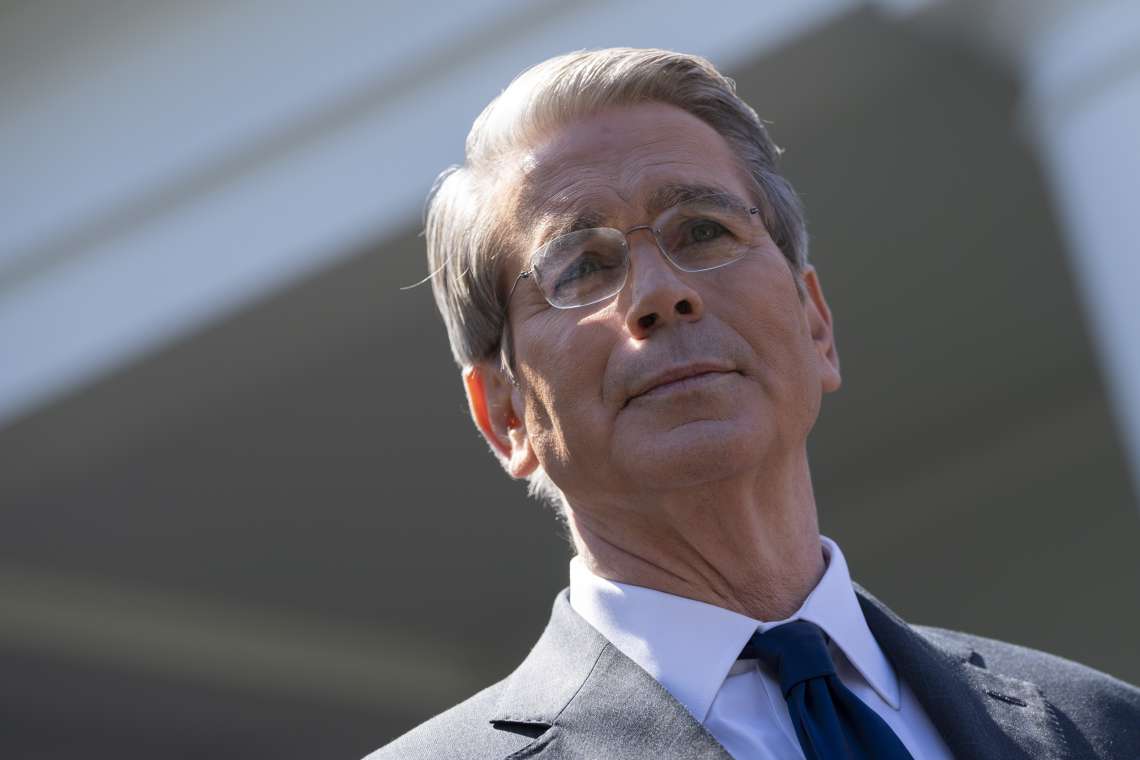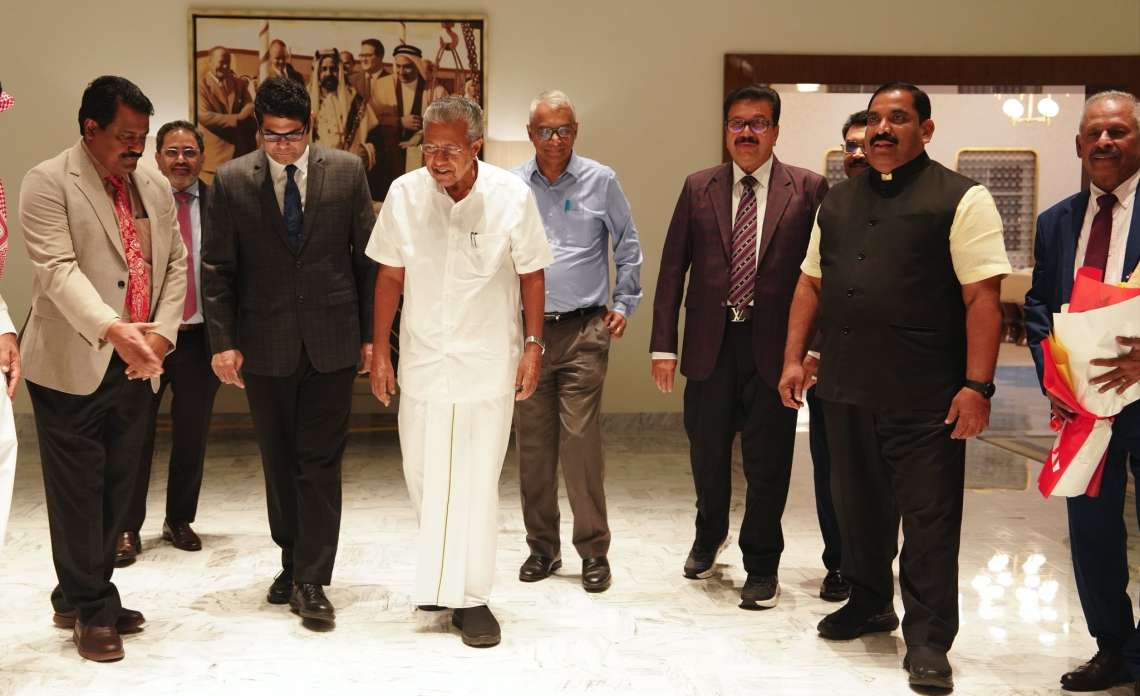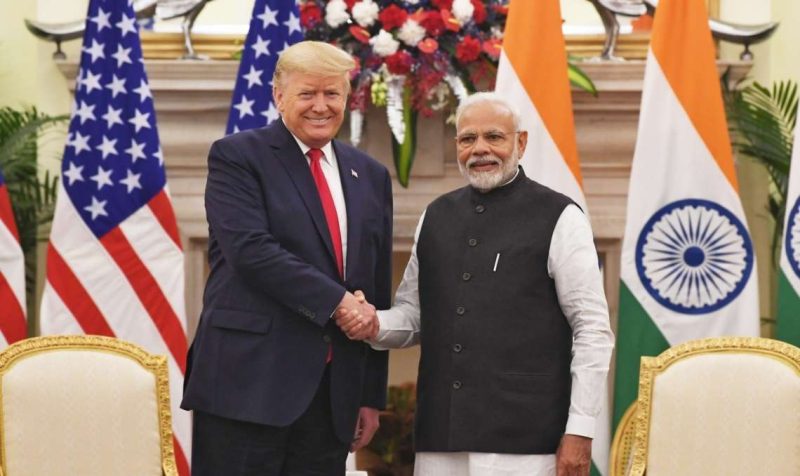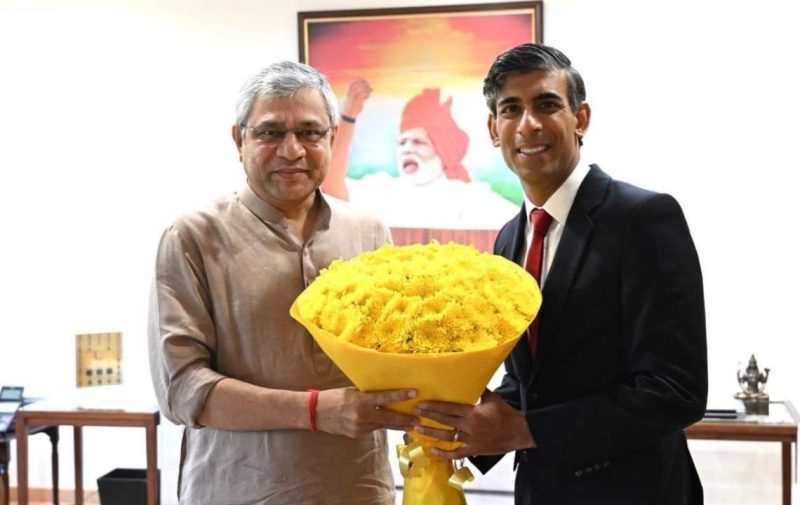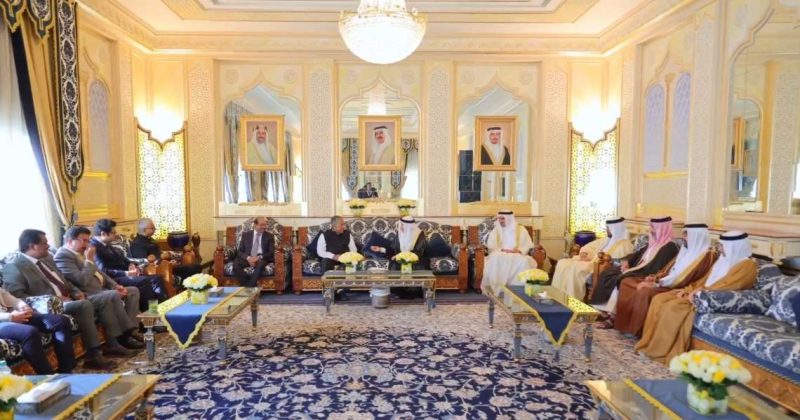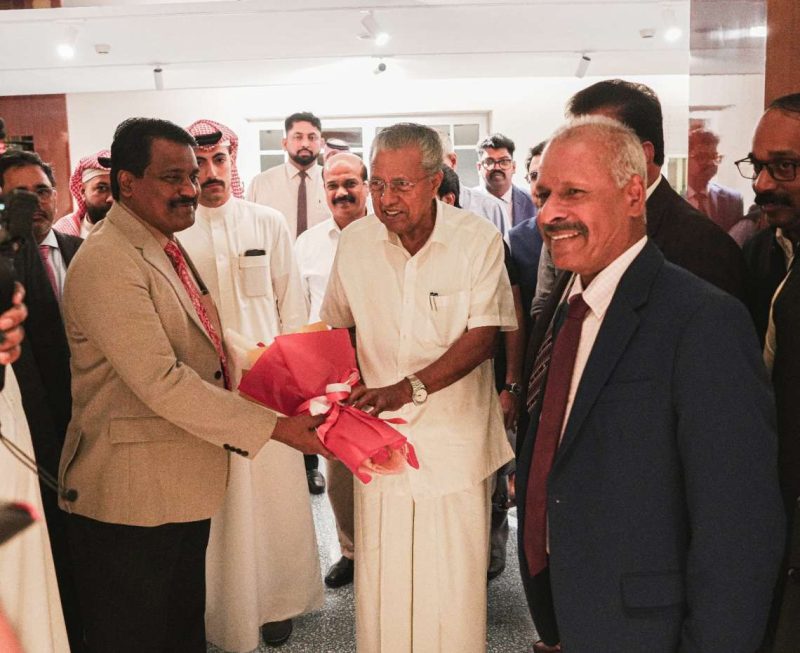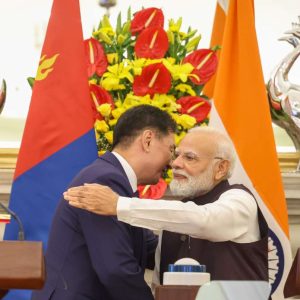US Treasury Secretary Scott Bessent hinted that negotiations could conclude by October but acknowledged the process was far from complete.
US Treasury Secretary Scott Bessent has described India as “a bit recalcitrant” in ongoing trade negotiations, as Washington escalates pressure on New Delhi following President Donald Trump’s decision to impose a total of 50 per cent tariffs on Indian goods.
Speaking to Fox Business Network’s Kudlow programme, Bessent said some “big trade deals” were still pending, with Switzerland and India yet to finalise agreements. He hinted that negotiations could conclude by October but acknowledged the process was far from complete.
“There are big trade deals that aren’t done and aren’t agreed. Switzerland is still around; India has been a bit recalcitrant. I think we have agreed on substantial terms with all the substantial countries,” Bessent said. Describing the October target as “aspirational”, he added: “I think we’re in a good position.”
The remarks come just days after Trump signed an Executive Order on August 6 imposing an additional 25 per cent tariff on imports from India over New Delhi’s continued purchase of Russian oil. This measure, which takes effect on August 27, is on top of the 25 per cent reciprocal tariff implemented on August 7—bringing the total levy to 50 per cent.
According to the White House order, the decision was driven by national security and foreign policy concerns. Trump argued that India’s direct or indirect imports of Russian oil posed “an unusual and extraordinary threat” to the United States.
The Ministry of External Affairs (MEA) strongly condemned the move, labelling it “unfair, unjustified and unreasonable” and vowing to take “all actions necessary to protect its national interests.”
Trump has also made clear that no fresh trade talks with India will take place until the tariff dispute is resolved. Asked by ANI at the Oval Office whether he expected discussions to resume under the new tariff regime, the president bluntly replied: “No, not until we get it resolved.”
Former diplomat points to deeper political frictions
Former High Commissioner to Canada and author Vikas Swarup has offered a broader interpretation of Washington’s actions, linking them to three underlying reasons—geopolitical alignment, defence perceptions, and personal slights to Trump.
Speaking to ANI, Swarup argued that Trump’s dissatisfaction stems partly from India’s membership of the BRICS grouping, which he believes the US president views as “an anti-America alliance” seeking to create an alternative currency to the dollar.
The second factor, Swarup claimed, is Trump’s lingering resentment over India’s rejection of his claim to have mediated the ceasefire between India and Pakistan following Operation Sindoor earlier this year. “We have been saying right from the beginning that Trump had no role because we do not accept external mediation,” Swarup said, adding that the truce was arranged directly between the Directors General of Military Operations of the two countries.
Trump, however, has repeatedly asserted that he personally prevented “a nuclear conflagration in the subcontinent,” a claim warmly acknowledged by Pakistan, which has even nominated him for a Nobel Peace Prize. “Obviously he is miffed that India has not acknowledged his role, whereas Pakistan has,” Swarup said.
Operation Sindoor, conducted in early May in retaliation for the Pahalgam terror attack, saw Indian forces carry out precision strikes on terror infrastructure in Pakistan and Pakistan-occupied Jammu and Kashmir. Indian troops also repelled subsequent Pakistani aggression and targeted its airbases.
Trade talks deadlock over agriculture and market access
The third reason, according to Swarup, relates directly to the stalled Bilateral Trade Agreement (BTA) negotiations. He claimed the US is using tariff escalation as “pressure tactics” to push India into conceding greater access to its agriculture, dairy, and genetically modified crops sectors—demands New Delhi has so far resisted.
“This is part of his pressure tactics to get India to sign on the dotted line on the maximalist demands that the US is making with regard to access to our dairy and agriculture and GM crops. We have not caved in,” Swarup said.
Trump’s July announcement of a 25 per cent tariff plus an unspecified penalty had initially raised hopes that an interim trade deal could help defuse tensions. But the subsequent Russian oil-related tariffs have further complicated matters, especially as Washington also seeks leverage over Moscow in the Ukraine conflict.
Swarup noted that Trump is frustrated at his inability to get Russian President Vladimir Putin to agree to the ceasefire proposal already accepted by Ukrainian President Volodymyr Zelenskyy. A breakthrough in the Alaska talks between US Vice-President JD Vance and UK Foreign Secretary David Lammy with Ukrainian representatives could potentially lead to a review of the sanctions regime on Russia, he added.
Escalation risks for global trade
The latest tariff escalation marks a significant hardening of Washington’s approach towards India, raising concerns among exporters on both sides. The 50 per cent duties will hit a wide range of Indian goods, from textiles and engineering products to agricultural exports, while also affecting American importers reliant on Indian supply chains.
Trade analysts warn that the move could trigger retaliatory measures from New Delhi, further straining bilateral economic relations. With both sides holding firm—India in defence of its energy security and market protection, and the US in pursuit of geopolitical and trade leverage—the possibility of a quick resolution appears slim.
For now, the clock ticks towards the August 27 implementation date, with each side signalling that it will not blink first. Whether October’s “aspirational” deadline for concluding trade negotiations proves realistic may depend less on economic bargaining tables and more on how the intertwined geopolitical disputes play out in the coming weeks.


